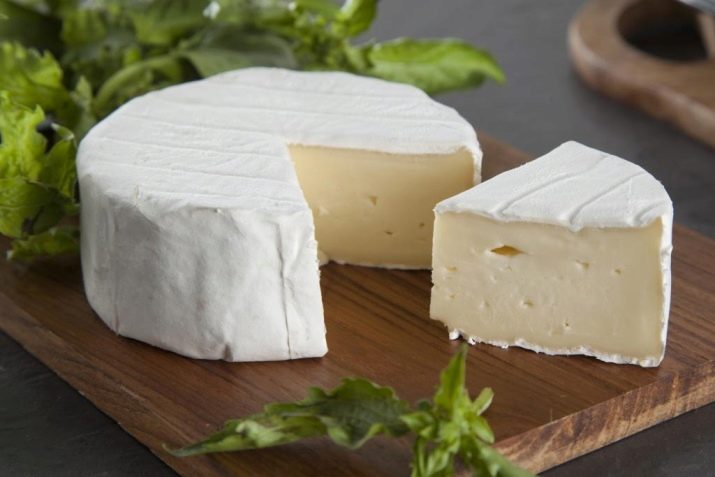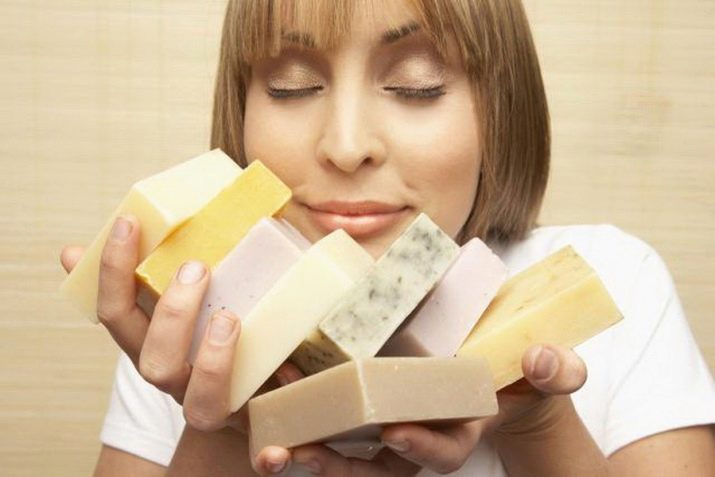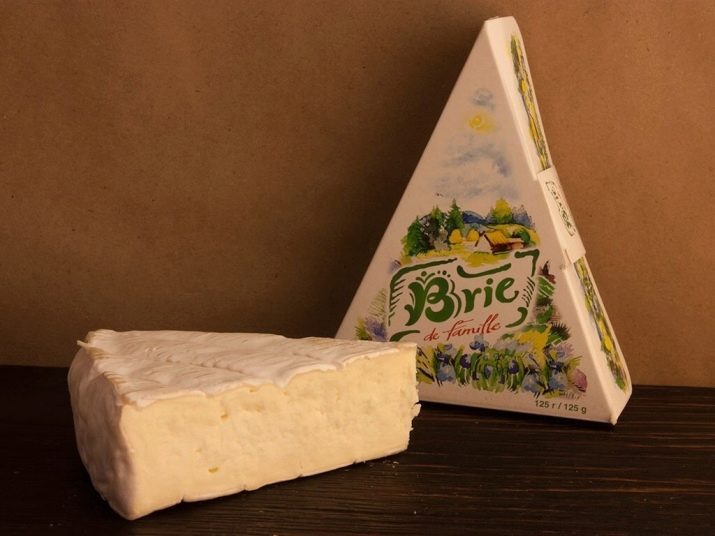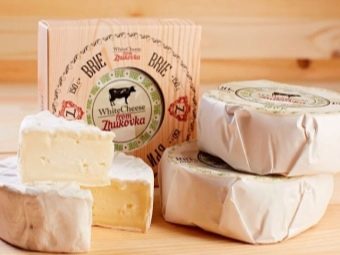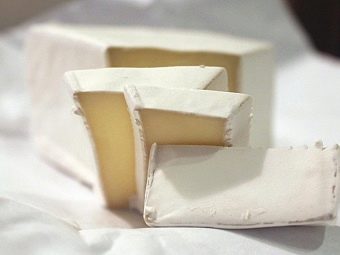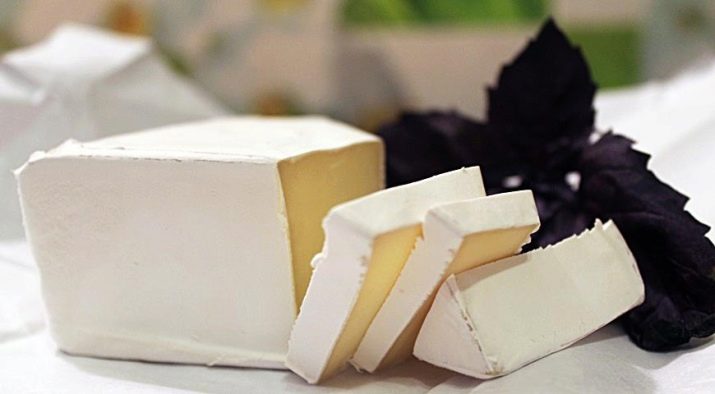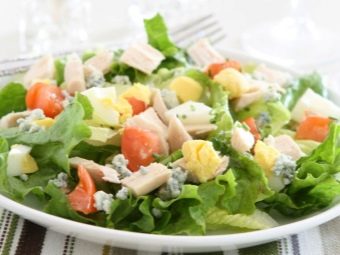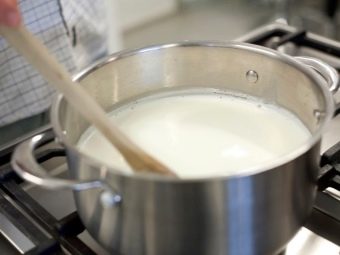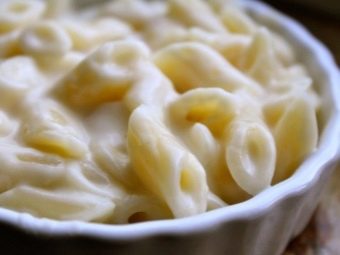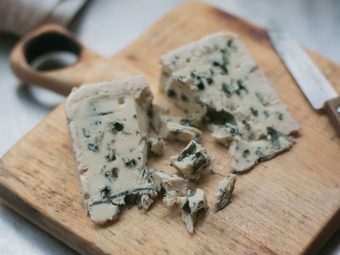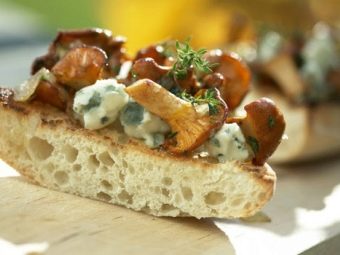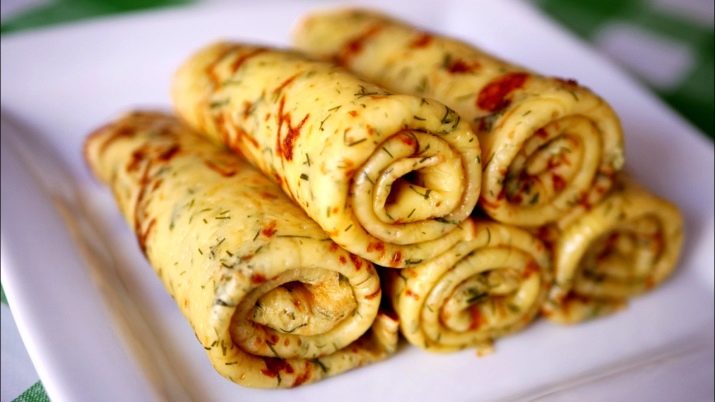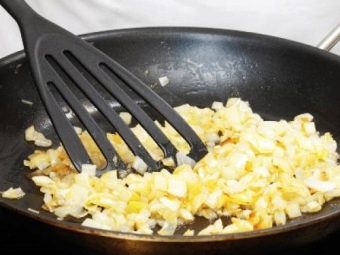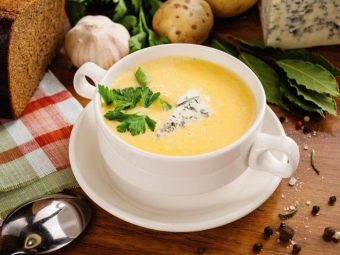White mold cheese: benefits and harms, varieties and uses in cooking
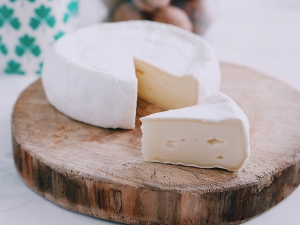
All sorts of cheeses and delicacies with white mold used to be available only to people of "blue blood", but now they can be found in any store and supermarket. The real Brie has become the favorite of every breakfast, lunch and dinner, not to mention the big holidays. Namely, they contain cheeses with various types of mold and a large selection of varieties from any manufacturer.
What it is?
The basis of this delicacy is made using the mold of the Penicillium family, which is one of the safest for the human body. The time and conditions for the development and growth of bacteria depend on the type and quality of the product. That is why manufacturers create different types of cheeses at the expense of one moldy mushroom.
A popular product looks pretty common: a snow-white surface and a light inner part, which has a strong moldy shell. The structure of the cheese is quite tender, and the inner base is elastic. At the top there is a small, light down, which distinguishes it from other types of similar cheeses.
In the Russian Federation it is not produced, but is actively purchased from foreign partners in France and Italy.
Some experts are convinced that these products are 70 percent of harmful transfats, and the remaining 30% are an excellent source of calcium.
What is useful?
For a peculiar flavor and unpresentable appearance lies a whole bunch of useful properties, which literally opens up in all its glory, getting into the human body. Product-covering mold is incredibly beneficial to the circulatory system, organs and skin. Penicillin is used in the production of cheese in the form of injection injections. After this action, the fungus begins to actively develop in an accessible habitat and saturate the product with beneficial microorganisms. They destroy harmful viral infections and improve the performance of the gastrointestinal tract.
A noble delicacy also affects the functioning of the heart and blood vessels. Therefore, with frequent use of the moldy product there is a chance to avoid heart attacks and high blood pressure. This happens due to anti-inflammatory properties, which is extremely important for frequent diseases.
An additional advantage of Penicillium is incredible feature to suspend aging. This fact should be of interest to women who are actively struggling with problems on the face and body, in particular, with the hated orange peel (cellulite).
Useful features of white mold cheese:
- strengthening of tooth enamel, muscles and bones (the whole bone component of a person is improved due to the calcium content);
- reduction of the possible risk of memory loss or sclerosis, especially for older people;
- normalization of the nervous system and improvement of the mental state;
- improved metabolism: you can perfectly lose weight, but without too much fanaticism (the large use of mold leads to bad consequences);
- immunity improvement;
- normalization of water balance;
- performance improvement;
- accelerating the process of splitting fat deposits;
- reducing the risk of cancer;
- prevention of diarrhea, dysbiosis and flatulence;
- restoration of hormone levels in the blood;
- improvement of the cardiovascular system.
Also, the cheese has a positive effect on the healing of the skin, due to the huge number of useful trace elements and amino acids. White mold cheese is suitable for people with lactose intolerance. The benefits of such a product is huge!
However, like any other food, white mold cheese has its drawbacks. For example, in some varieties of cheese contains a huge proportion of cow's milk, which has an extremely negative effect on the gastrointestinal tract, metabolism and other body functions.
Therefore, it is recommended to stop the choice on varieties of goat cheese with mold, which is a small amount of animal fat.
Possible harm
Some dangerous properties for the human body, but you should consider them in more detail.
- 100 grams of moldy cheese contains the amount of salt (1.8 grams) which is much higher than the daily rate of a person (2.5 milligrams). Besides the fact that it can harm the body, salt is also addictive, comparable to drug addiction.
- Excess hormone levels in milk. In humans, it causes osteoporosis, cancers, and hormonal problems.
- Addiction. Because of the special enzymes that develop in the internal organs of the animal, a person becomes dependent on food. It spoils the situation and the fact that these components are similar in composition with narcotic drugs. The person himself does additional harm to himself, absorbing the cheese in unlimited portions.
- Bacterial microorganisms harmful to pregnant women. Some types of cheeses cause listeriosis. Symptoms of the disease: vomiting, nausea, jaundice, pain, fever, increased sweating.
- Allergic reactions from the components of the cheese or the mold itself. This item especially applies to young children who have a rather weak immune system. But even adults sometimes come across in the "hands" of a tasty product. Before you try this or that type of mold, you should carefully check your blood and reactions to allergens.
- Weight gain. This is especially true for people at risk who have obesity or a predisposition to overweight. It makes no sense to completely abandon the spicy product, it is only important to control the level of incoming calories. Per day is allowed no more than 30 grams, and you should not use the product every day.
In addition to potential harm, there are a number of contraindications that can complicate a person’s condition.
- do not use the product for thrush or other diseases of the reproductive system;
- It is recommended to refrain from eating cheese with mold in arthritis and asthma.
Children under the age of 13 should be protected from this cheese and only ordinary cheese products should be allowed. It is harmful for children to eat food that can cause listeriosis. The disease will lead to a cessation of development from the physiological and psychological side.
But older people even useful sometimes to allow yourself a piece of brie or cheese with a mold of a different kind.
Types and popular brands
There are several types of moldy delicacy from the Penicillium family.
- White mold. This variety is covered with a moldy fungus only on top and has a short down over the entire head of the cheese.
- Blue mold. Sufficiently complex variety that can withstand much longer, so that he could completely covered with fungus throughout the mass.
In the world today is a huge range of products of both types of cheeses. And both have great demand among the population. Consider more cheese with white mold and its varieties.
This group includes soft types of cheese products, which are prepared mainly from cow's milk, but sometimes milk or goat milk can be seen in the composition. The peel of the product looks like fluffy fiber, has an ammonia smell. If the flavor is different, then the cheese is unfit for consumption.
Tastes can vary greatly from each other, because the additives in different types of product are different. If one cheese has a delicate taste of milk, it gives away from the other one spiciness and peppercorn.
- French brie - At the early stage of maturation has the taste of cow's milk and sweet cream. After some time, begins to pepper and even "cut" the language.
- Camembert - One of the French types of cheese, which has the ability to change the shade of the mold. Taste a little mushroom with a taste of cream.
- Hermelin - Cheese straight from the Czech Republic. In a young state, the taste is very pleasant, melting on the tongue. And over time, it acquires more refined and sophisticated taste qualities.
- Chabichou du poitou - French goat cheese with mold. Taste close to the native dairy product.
- Weisslacker - German manufacturer's cheese on cow's milk with specialized ingredients. Weislaker is required to be lowered into beer and is in its pure form, without additives.
Cheese with a low calorie content called President Snack a la Francaise and Ravisman have quite good reviews.
Cooking Application
Despite the peculiar taste, white mold cheese is used as an independent snack to alcoholic beverages, as well as for the manufacture of main dishes with the addition of a large amount of vegetables and seasonings. Consider the popular salad from this product and other recipes.
Iceberg lettuce"
This is the most common, but rather savory salad, suitable for any event and celebration.
Composition:
- Iceberg lettuce leaves - 1 bunch;
- onion - 1 piece;
- 3 medium tomatoes - on request;
- red cabbage - 1 small head;
- olive oil - 15 grams;
- vinegar vinegar extract - 15 grams;
- 5 garlic cloves;
- ready-made cheese with white mold - 50 grams;
- salt and greens to taste.
Cooking:
- all components, except cheese, are required to be finely chopped and sent to a deep bowl;
- mix everything with clean hands, carefully pressing on each ingredient to make the juice stand out;
- further, cut into cubes cheese and send to the plate;
- pour a mixture of olive juice and vinegar.
Sauce
Some dishes must be served with a special sauce, and for this they melt pieces of cheese in milk. The dressing turns out to be gentle, airy and gives off a creamy-sweet taste. Suitable for pasta, meat and seafood. To heat such a delicacy in milk should be in a water bath, which will not allow the product to burn, and the milk curl into lumps.
Sandwiches
A very useful and hearty breakfast will be Roquefort with butter on a heated toast. And also Brie with mustard on a thin layer of pita, which you want to serve with grape juice or a dry wine drink.
For lovers of sweets, you can chop the pear into small slices and serve with Chabichou du Poitou cheese, which is known for a very mild, creamy taste.
With pancakes
Absolutely any variety of this delicacy is combined with fresh pancakes and juicy berries:
- Having prepared savory pancakes, thin slices of cheese and berries should be placed on them;
- further pancakes must be wrapped and allowed to infuse in the refrigerator.
Soups
There is nothing better than a delicious and fresh cream soup for lunch. For him, you do not need to acquire a large number of ingredients in order to get enough, because he himself is quite nutritious. And cheese will give the dish the desired saltiness.
Composition:
- butter - 3 tablespoons;
- onions - 1 large head;
- broccoli - 1 large head;
- milk - 3 cups;
- fresh cream - 1 cup;
- cheese - 100 grams;
- garlic - to taste.
Cooking:
- fry onions and garlic until golden appearance;
- pour milk and cream into onions and add chopped cheese;
- after 5 minutes of soaking under the lid, beat the contents with a mixer;
- serve to the table with slices of white cheese.
Optionally, you can add some favorite seasonings and herbs.
How to eat?
To use this product also need to be able to because many often get rid of the most important components of the cheese.
- For example, the crust does not need to be cut from the edges, it is in it that all taste, aroma and vitamins are concentrated.
- Before use, you should warm the moldy cheese a little to feel its unique oily taste again. The milk inside is so soft that it literally melts in your mouth. And sometimes cheese can even be spread on a bakery product.
- In addition, with him often prepare all sorts of snacks to the table. First of all, pay attention to the sandwiches with sausage, vegetables and herbs. And also added to salads and fish.
- You should not mix only one type of cheese - Roquefort. It is an independent product and is used only in a cut form without special seasonings.
- A large number of varieties suitable for pizza and hot sandwiches, which greatly improves the taste and aroma of dishes.
- Cheese can be stored, but not more than the time indicated on the individual packaging.
How to make blue cheese, you will learn from the following video.

